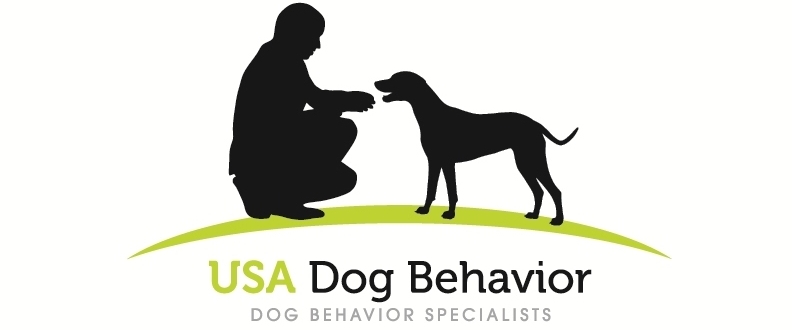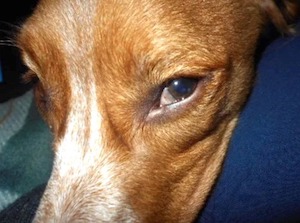Did you know all dogs have a 3rd eyelid?
©Scott Sheaffer, CDBC, CBCC-KA, CPDT-KA, USA Dog Behavior, LLC
You have two eyelids per eye and I have two eyelids per eye - an upper eyelid and a lower eyelid. Your dog, like all dogs, has three eyelids per eye. You may not have known this because normally we don’t observe these eyelids in action. This third eyelid is called the nictitating membrane; it’s also called a haw. It’s found in birds, reptiles and some other mammals (e.g., camels) too.
“…there are other times when you may see your dog’s third eyelids that may need further investigation.”
While all breeds of dogs have a nictitating membrane, there is a variance in the coloration in different breeds from clear to cloudy. These third eyelids serve four purposes:
Protect the eye from injury
Keep the cornea clean
Act as a lymph node which produces antibodies to protect against infection
Produce additional tears
When you think of canids in the wild (e.g., wolves, coyotes, foxes), this third eyelid makes complete sense from an evolutionary standpoint. Wild canids’ eyes are constantly subject to inter and intra-species aggression, injury, dirt and infection (from eating carcasses for example).
There are times when you may see your dog’s third eyelids. I usually notice my dogs’ third eyelids just as they are falling asleep or if I am giving them some petting they really approve of. Viewing the third eyelid at these times is not unlike when humans’ eyes roll back in their heads as they fall asleep or from pleasure.
However, there are other times when you may see your dog’s third eyelids that may need further investigation. If your dog’s third eyelids are visible to you in a context where you’ve never seen them before, it could mean injury or illness and may require a veterinarian or veterinary ophthalmologist to take a look. Specific things that could be causing this include allergic conjunctivitis, autoimmune disease and cherry eye (prolapsed gland).
The third eyelid can be useful in protecting dogs’ eyes, but it can also be helpful to canine behaviorists when using psychopharmaceutical medications in dogs (medications used in the treatment of behavior issues such as aggression, separation anxiety, etc.). When using behavioral medications when treating behavior issues in dogs, it is important to properly titrate these medications. Titration is the art and science of properly adjusting the dose of a medication to meet the needs of the patient (i.e., the dog). When the nictitating membrane appears too often when using central nervous depressants (e.g., Xanax, etc.), it can be an early warning that the dosage needs to be lowered.
The bottom line is that if you begin to notice your dog’s third eyelids in ways that you never noticed them before, seek veterinary assistance. Of course, we should always be on the lookout for and seek medical help for other eye conditions that may indicate problems such as vision changes, rubbing eyes, squinting, redness, discharge or cloudiness.

